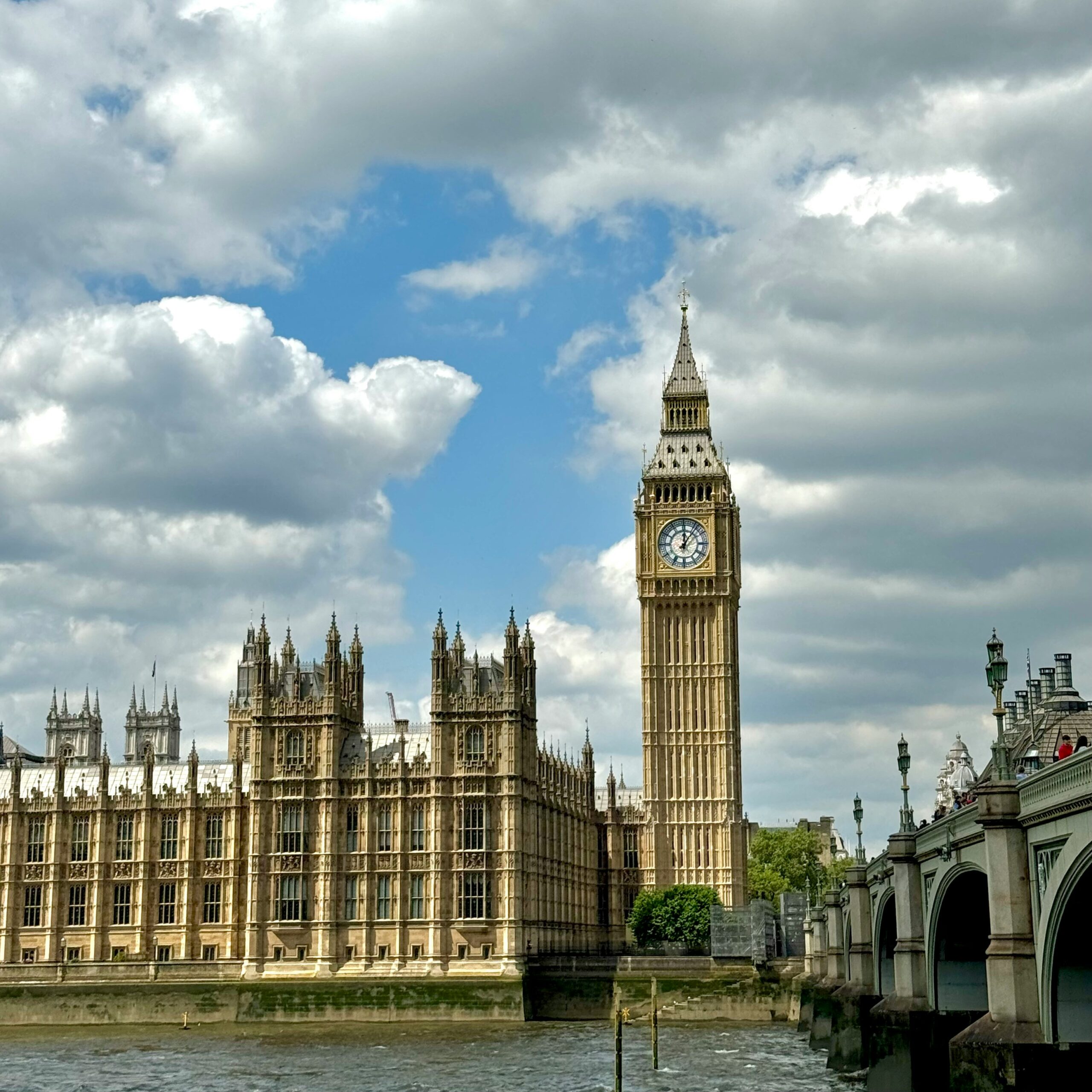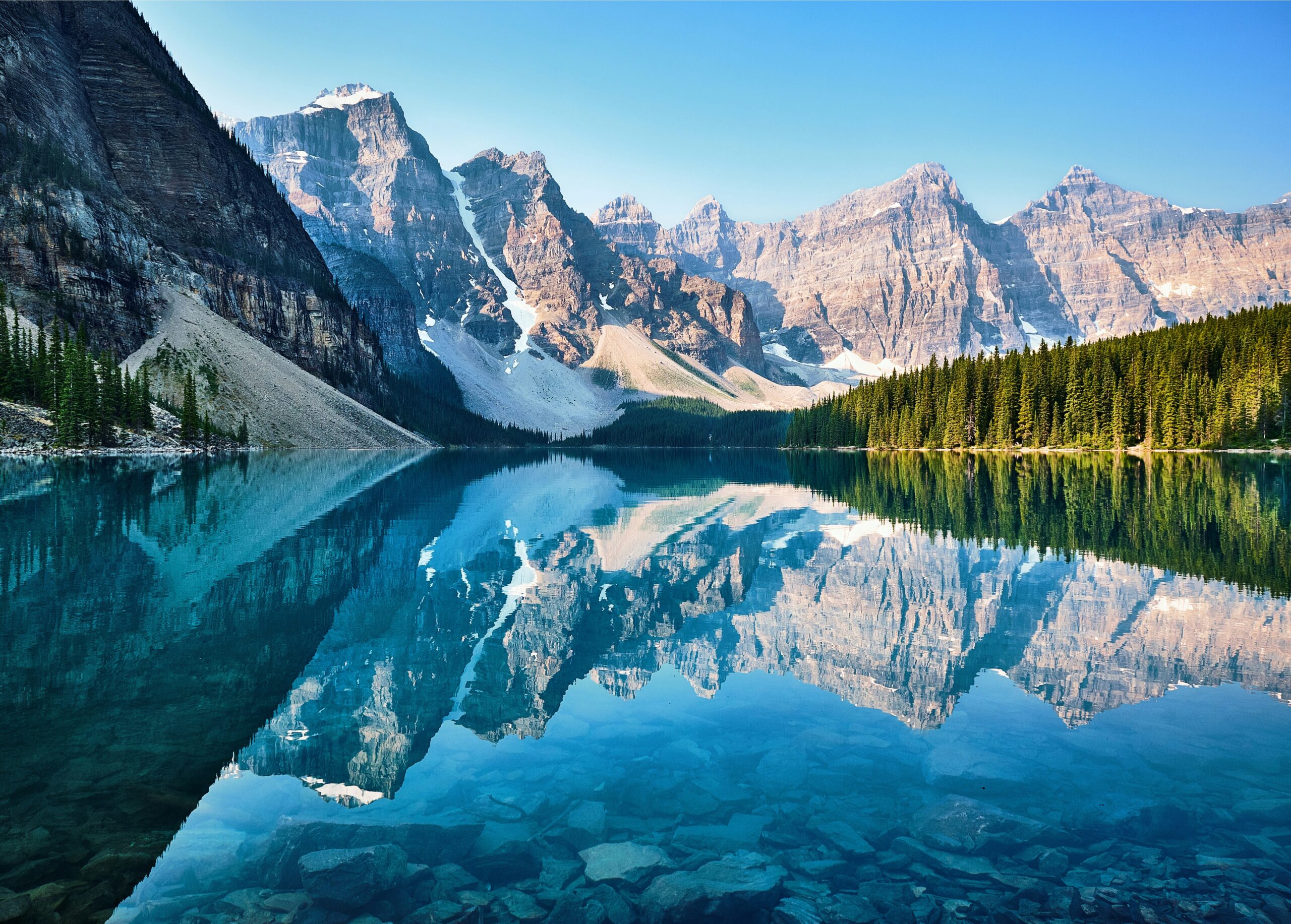Introduction to England and Slovenia
England and Slovenia, though distinct in many ways, offer rich tapestries of culture and natural beauty that captivate visitors. England, located in the United Kingdom, is known for its historical significance, iconic landmarks, and dynamic cities. With a population of approximately 56 million, it is one of the most influential countries in Europe. England’s history stretches back thousands of years, marked by events that have shaped modern civilization, from the Roman conquest to the Industrial Revolution and beyond.
Slovenia, on the other hand, is a small yet diverse country situated in Central Europe, bordered by Italy, Austria, Hungary, and Croatia. With a population of just over 2 million, it is admired for its picturesque landscapes, including the Julian Alps, Lake Bled, and extensive karst regions. Slovenia’s history is similarly rich, influenced by various empires and cultures, from the Romans to the Habsburg Monarchy, and its more recent independence in 1991.
Despite their differences in size and historical trajectories, both England and Slovenia share a profound cultural heritage that attracts millions of tourists each year. England’s bustling urban centers like London, with its blend of historical and modern attractions, contrast with the serene, unspoiled nature of Slovenia, where medieval castles and lush green valleys create a tranquil escape. The juxtaposition of these two nations sets the stage for a comparative journey that delves into their unique traditions, artistic expressions, and culinary delights.
This comparative exploration reveals not only the distinctions but also the unexpected similarities between England and Slovenia. Both countries boast vibrant cultural scenes and a deep respect for their historical legacies, making them fascinating destinations for those eager to immerse themselves in Europe’s diverse cultural landscape.
Historical Background and Heritage
England and Slovenia, though vastly different in size and influence, both boast rich historical backgrounds that have significantly shaped their cultural landscapes. England’s history is deeply intertwined with the Roman Empire, which left a lasting legacy from its occupation beginning in AD 43. This period introduced Roman architecture, roads, and baths, many of which remain prominent landmarks today, such as the Roman Baths in Bath and Hadrian’s Wall in Northern England.
The medieval period in England saw the rise of iconic structures like the Tower of London and Canterbury Cathedral, which not only served religious and defensive purposes but also became symbols of England’s evolving identity. The British Empire, peaking in the 19th and early 20th centuries, further solidified England’s global influence, leaving behind a complex heritage and numerous historical landmarks. Sites such as Buckingham Palace, the Houses of Parliament, and the British Museum continue to draw millions of tourists eager to glimpse the grandeur of England’s imperial past.
Slovenia’s historical narrative is equally compelling, albeit on a different scale. Like England, Slovenia was part of the Roman Empire, with the city of Emona (modern-day Ljubljana) serving as a significant Roman settlement. The remnants of Roman walls and artifacts are a testament to this era. Following the fall of the Roman Empire, Slovenia became part of the Duchy of Carantania, one of the earliest known Slavic states, before eventually falling under Habsburg rule.
The Austro-Hungarian period profoundly influenced Slovenia’s cultural and architectural development, with cities like Maribor and Ljubljana showcasing a blend of Baroque, Renaissance, and Art Nouveau styles. Slovenia’s journey to independence, culminating in 1991, is marked by landmarks such as the Ljubljana Castle and the Predjama Castle, which attract history enthusiasts and tourists alike.
Both England and Slovenia offer a tapestry of historical landmarks that narrate their diverse and storied pasts, making them fascinating destinations for those interested in exploring the depths of European history.
Cultural Traditions and Customs
When considering the cultural traditions and customs that define England and Slovenia, one can observe a rich tapestry of historical and contemporary practices that highlight each nation’s unique identity. In England, traditions such as afternoon tea, the monarchy, and literary contributions have played significant roles in shaping the cultural landscape. Afternoon tea, a quintessentially English tradition, has its roots in the early 19th century and symbolizes a moment of relaxation and socialization. This practice, often accompanied by an array of delicate pastries and sandwiches, reflects England’s emphasis on hospitality and etiquette.
The British monarchy, with its centuries-old history, serves as a cornerstone of England’s cultural heritage. The royal family not only represents a continuity of tradition but also acts as a symbol of national unity and identity. Ceremonial events such as the Trooping the Colour and state banquets are not only visually spectacular but also reinforce the historical depth and continuity of English society. Moreover, England’s literary contributions, from Shakespeare to contemporary authors, have left an indelible mark on world literature, showcasing the nation’s intellectual and creative prowess.
In contrast, Slovenia’s cultural traditions are deeply rooted in folk customs, national holidays, and the influences of neighboring cultures. Slovenian folk traditions, characterized by vibrant costumes, music, and dance, are integral to the country’s cultural expression. Festivals such as Kurentovanje, a pre-Lenten celebration, feature elaborate masks and rituals aimed at driving away winter and welcoming spring. These events highlight Slovenia’s communal spirit and its reverence for ancestral customs.
National holidays in Slovenia, such as Independence and Unity Day, reflect the country’s historical milestones and foster a sense of national pride. Additionally, Slovenia’s cultural landscape has been shaped by its geographical position, bordered by Italy, Austria, Hungary, and Croatia. This confluence of influences is evident in Slovenian cuisine, language, and arts, creating a rich and multifaceted cultural identity.
Both England and Slovenia maintain and celebrate their cultural heritage in contemporary times through various means. In England, traditional practices are preserved and adapted to modern contexts, ensuring their relevance for future generations. Similarly, Slovenia’s cultural festivals and national celebrations continue to thrive, reflecting the enduring significance of traditional customs in the nation’s collective consciousness. The preservation and celebration of these cultural traditions not only honor the past but also enrich the present, fostering a sense of continuity and belonging in an ever-changing world.
Natural Landscapes and Outdoor Activities
England and Slovenia each offer a unique tapestry of natural landscapes that captivate tourists from around the world. England, known for its quintessential rolling countryside, boasts an array of national parks and coastal areas that provide a serene escape from urban life. The Lake District, with its lush valleys and tranquil lakes, is a haven for hikers and nature enthusiasts. Similarly, the South Downs National Park offers breathtaking views of chalk cliffs and verdant hills, perfect for cycling and leisurely walks.
Coastal areas such as Cornwall and the Jurassic Coast are not only rich in geological history but also offer a plethora of water sports. Surfing, sailing, and kayaking are popular activities that draw adventurers to these shores. The diverse landscapes of England ensure that there is something for everyone, whether it be exploring the rugged beauty of Dartmoor or the serene beauty of the Norfolk Broads.
In contrast, Slovenia’s natural beauty is dominated by its stunning Alpine scenery, pristine lakes, and intricate cave systems. The Julian Alps, with their towering peaks and lush meadows, offer some of the best hiking trails in Europe. Triglav National Park, named after the country’s highest peak, is a paradise for mountaineers and outdoor enthusiasts. Lake Bled, with its iconic island and medieval castle, provides a picturesque setting for rowing, swimming, and fishing.
Moreover, Slovenia’s extensive cave systems, such as Postojna Cave and Škocjan Caves, offer a subterranean adventure that is both educational and awe-inspiring. Cycling routes through the Soča Valley and the Karst region present a scenic journey through vineyards, forests, and historical sites. Water sports, particularly white-water rafting and canyoning, are immensely popular in Slovenia’s clear rivers and streams, attracting thrill-seekers from across the globe.
Both England and Slovenia offer a diverse range of outdoor activities, making them ideal destinations for nature lovers and adventure seekers. Their unique landscapes not only provide a visual feast but also numerous opportunities for exploration and recreation.
Culinary Delights: A Taste of Both Nations
England’s culinary landscape is a rich tapestry of tradition and innovation. Iconic dishes such as fish and chips, a staple of British cuisine, offer a comforting taste of the past. This dish, typically served with malt vinegar and mushy peas, has been a beloved part of English culture for over a century. Another cornerstone of English dining is the roast dinner, often featuring roast beef, potatoes, Yorkshire pudding, and an array of seasonal vegetables. This meal, traditionally enjoyed on Sundays, underscores the importance of communal dining and family gatherings in English society.
In recent years, modern British cuisine has gained momentum, blending traditional elements with contemporary techniques and global influences. Chefs are increasingly focusing on farm-to-table concepts, emphasizing the use of locally sourced ingredients. This trend highlights a growing appreciation for regional produce and sustainability within England’s culinary scene.
On the other hand, Slovenia’s culinary heritage is a vibrant fusion of Mediterranean and Central European influences. Traditional dishes such as potica, a rolled pastry filled with nuts, honey, and spices, reflect the country’s rich cultural tapestry. Another notable Slovenian delicacy is štruklji, a versatile dish of rolled dough that can be sweet or savory, often filled with tarragon, cottage cheese, or apples. These dishes are deeply rooted in Slovenian history and are often prepared during festive occasions.
The influence of Mediterranean cuisine is evident in Slovenia’s use of olive oil, fresh herbs, and an abundance of seafood, particularly in the coastal regions. Conversely, Central European influences bring hearty stews, sausages, and bread to the table, creating a diverse and robust culinary experience.
When comparing dining experiences, both nations exhibit a profound respect for local produce. England’s burgeoning farm-to-table movement mirrors Slovenia’s long-standing tradition of using fresh, locally sourced ingredients. While England’s culinary scene is marked by a blend of tradition and modernity, Slovenia’s cuisine offers a harmonious balance of Mediterranean lightness and Central European heartiness. Together, these culinary landscapes showcase the unique flavors and shared values that define the dining experiences in England and Slovenia.
Art, Music, and Literature
England and Slovenia each boast rich and distinct cultural heritages, particularly in the realms of art, music, and literature. England’s contributions to global literature are monumental, with figures such as William Shakespeare, Charles Dickens, and Jane Austen leaving indelible marks on world literature. The English theater scene remains vibrant, with London’s West End rivaling New York’s Broadway in prestige and popularity. Contemporary English literature continues to thrive, supported by a robust publishing industry and a myriad of literary festivals that attract global audiences.
Musically, England has been a powerhouse for decades. From the Beatles, who revolutionized popular music in the 1960s, to contemporary artists like Adele and Ed Sheeran, English musicians have consistently topped international charts. The country also has a rich tradition in classical music, with renowned composers such as Edward Elgar and Benjamin Britten, and it hosts numerous prestigious music festivals, further cementing its status as a cultural hub.
In contrast, Slovenia’s cultural scene, though lesser-known internationally, is equally rich and diverse. Slovenian folk music, characterized by its unique melodies and traditional instruments such as the tamburica and zither, plays a significant role in the country’s cultural identity. Slovenia has also made notable contributions to the world of classical music, with composers like Hugo Wolf and Marjan Kozina gaining international recognition.
Slovenian literature, while perhaps not as globally renowned as its English counterpart, has produced significant literary figures such as France Prešeren, whose poetry remains a cornerstone of Slovenian cultural heritage. Contemporary Slovenian writers continue to explore and expand the nation’s literary landscape, supported by a vibrant community of publishers and literary events.
Both England and Slovenia actively promote and support their cultural arts through various government initiatives, grants, and public institutions. This ongoing investment ensures that their rich artistic, musical, and literary traditions continue to thrive and evolve, enriching both local and global cultural landscapes.
Travel Tips and Must-Visit Destinations
When planning a trip to England and Slovenia, it is essential to consider the best times to visit, transportation options, and cultural etiquette to make the most of your journey. England is best visited from late spring to early autumn (May to September) when the weather is more favorable for sightseeing. Slovenia, on the other hand, offers a diverse climate; spring and autumn are ideal for exploring cities and nature, while winter lures travelers to its picturesque ski resorts.
In England, public transportation is highly efficient. The extensive train network connects major cities and attractions, while the iconic London Underground facilitates easy movement within the capital. In Slovenia, the train and bus services offer reliable and affordable options to traverse the country. Renting a car is also a popular choice, providing flexibility to explore Slovenia’s scenic countryside at your own pace.
Understanding cultural etiquette enhances your travel experience. In England, politeness and queuing are highly valued; always greet with a “please” and “thank you.” In Slovenia, a friendly demeanor goes a long way. Learning a few basic phrases in Slovene, such as “hvala” (thank you), is appreciated.
England boasts numerous must-visit destinations. London, with its landmarks such as the Tower of London, Buckingham Palace, and the British Museum, is a cultural epicenter. Venturing beyond the capital, the English countryside offers charming villages, historic castles, and natural beauty, with the Cotswolds and Lake District being particularly noteworthy.
Slovenia’s charm lies in its compact yet diverse offerings. Ljubljana, the capital, captivates with its picturesque riverbanks and vibrant cultural scene. Lake Bled, with its iconic church on an islet, is a quintessential destination. For nature enthusiasts, Triglav National Park provides an immersive experience with its hiking trails, waterfalls, and stunning alpine scenery.
Combining the best of both countries into an itinerary can create a memorable journey. A suggested itinerary could start with a few days in London, followed by a scenic train ride to the English countryside. Next, a flight to Ljubljana sets the stage for exploring Slovenia’s urban and natural wonders. Ending the trip with a relaxing stay at Lake Bled or an adventurous hike in Triglav National Park ensures a well-rounded travel experience.
Conclusion: Embracing the Diversity of England and Slovenia
Throughout our comparative journey, we have delved into the rich tapestry of culture and natural beauty that defines both England and Slovenia. England, with its storied history, iconic landmarks like Big Ben and the Tower of London, and vibrant cities such as London and Manchester, offers a fascinating blend of the traditional and the contemporary. The scenic countryside, from the rolling hills of the Cotswolds to the rugged cliffs of Cornwall, further enhances its charm, providing a tranquil escape from urban life.
On the other hand, Slovenia, albeit smaller in size, captivates with its diverse landscapes and cultural heritage. The picturesque Lake Bled, the stunning Triglav National Park, and the enchanting capital city of Ljubljana, with its unique blend of Baroque and modern architecture, showcase the country’s natural and architectural splendor. Slovenia’s commitment to sustainability and its rich folklore traditions offer a distinct and enriching travel experience.
Exploring different cultures and landscapes, as we have seen, not only broadens our horizons but also deepens our appreciation for the diversity that exists in our world. England and Slovenia may differ in many respects, yet they each offer unique experiences that can captivate and inspire. Their histories, cultures, and natural wonders provide a wealth of opportunities for exploration and discovery.
We invite you, our readers, to share your own experiences and travel stories about England and Slovenia. Your insights and memories can further enrich our understanding of these remarkable destinations. Whether you have wandered through the historic streets of London or hiked the trails of the Julian Alps, your stories contribute to the collective appreciation of the beauty and diversity that both England and Slovenia have to offer.



